China’s hypersonic progress ranges from increasing scramjet testing and cheaper drones, to keeping its lead in railguns.
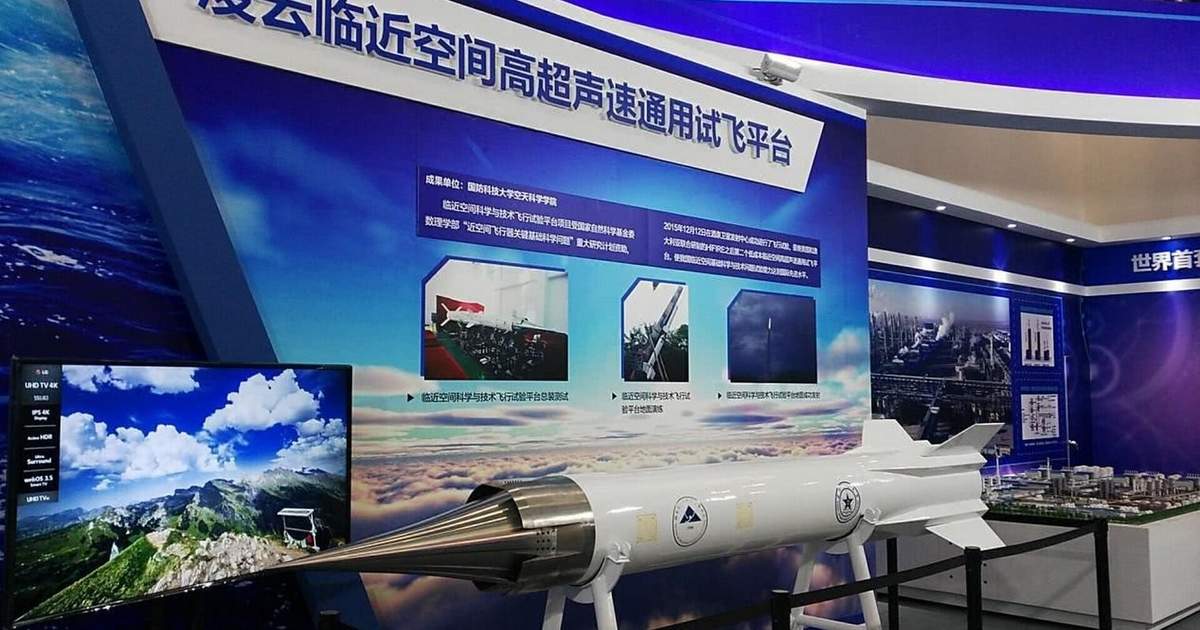

The NASA James Webb telescope could prove to be the biggest leap forward to humankind’s exploration into deep space.
The Webb telescope will give us the ability to investigate the cosmos, unlocking secrets from the beginning of the Big Bang to how galaxies are formed and beyond, bringing us light years ahead of our current understanding of planetary evolution.
What is the james webb telescope?

Space is the next frontier for war.
If President Donald Trump successfully organizes his so-called Space Force, it could speed up investment in what Morgan Stanley sees as the next trillion-dollar economy.
In a note to clients Friday, the bank doubled down on its intergalactic thesis from last October, saying the Space Force “could address critical vulnerabilities in national security, raising investor awareness in the formation of what we see as the next trillion-dollar economy.”
Would you move to the Moon?
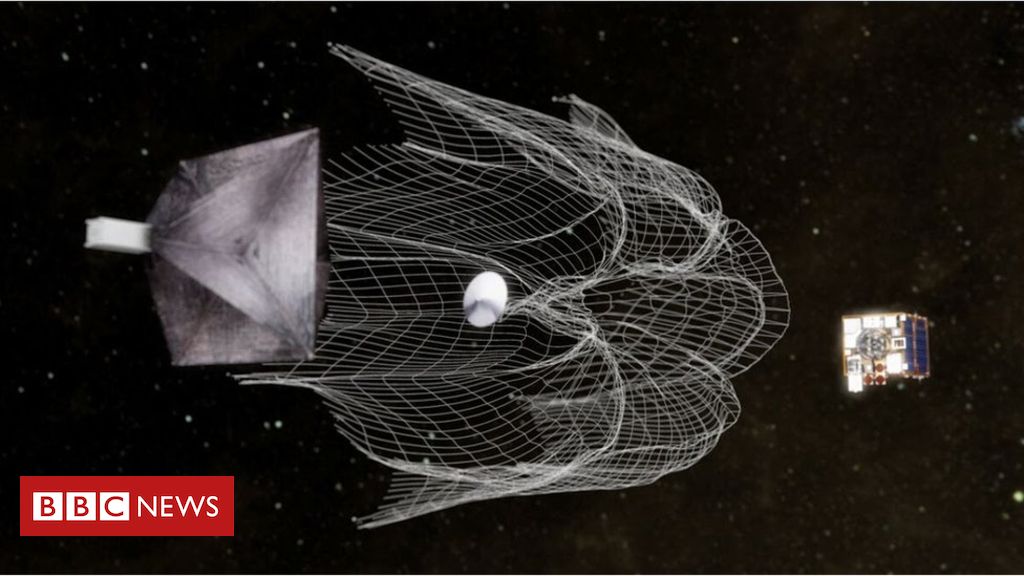
The £13m RemoveDebris spacecraft was taken to the ISS in April and stored onboard ahead of Wednesday’s release.
The spacecraft was pushed out of an airlock where a robotic arm then picked it up gave it a gentle nudge down and away from the 400km-high lab.
In the process, RemoveDebris became the largest satellite to ever be deployed from the International Space Station. The time was about 12:35 BST.
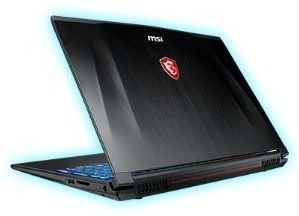

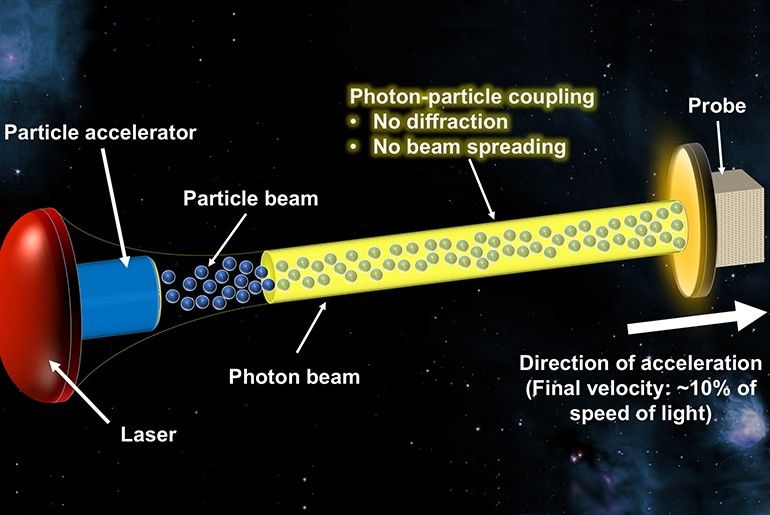
By jan mcharg, texas A&M university college of engineering
A new technology combining a laser beam and a particle beam for interstellar propulsion could pave the way for space exploration into the vast corners of our universe. This is the focus of PROCSIMA, a new research proposal by Dr. Chris Limbach and Dr. Ken Hara, assistant professors in the Department of Aerospace Engineering at Texas A&M University.
NASA has chosen the proposal “PROCSIMA: Diffractionless Beam Propulsion for Breakthrough Interstellar Missions,” for the 2018 NASA Innovative Advanced Concepts (NIAC) phase 1 study. PROCSIMA stands for Photon-paRticle Optically Coupled Soliton Interstellar Mission Accelerator, and is meant to evoke the idea that interstellar travel is not so far away.
It’ll be like that movie Passengers, but less creepy. #til
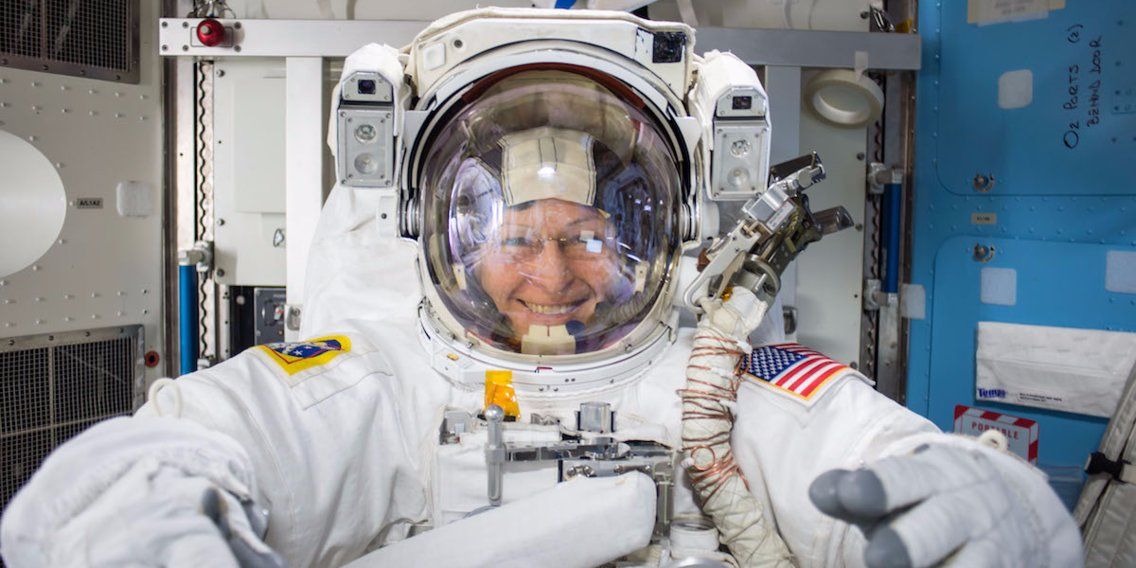
She retired from NASA on Friday after blazing a trail for countless female astronauts.
NASA astronaut Peggy Whitson, the 58-year-old from Iowa farm country who spent a record-breaking 665 days in space, retired from the space agency on Friday.
“I have hit my radiation limit,” Whitson told Business Insider during a recent interview. “So not going into space with NASA anymore.”
That realization is both melancholic and exciting for the biochemist, who only half-jokingly admits she’s still not sure what she’s going to do “when I grow up.”